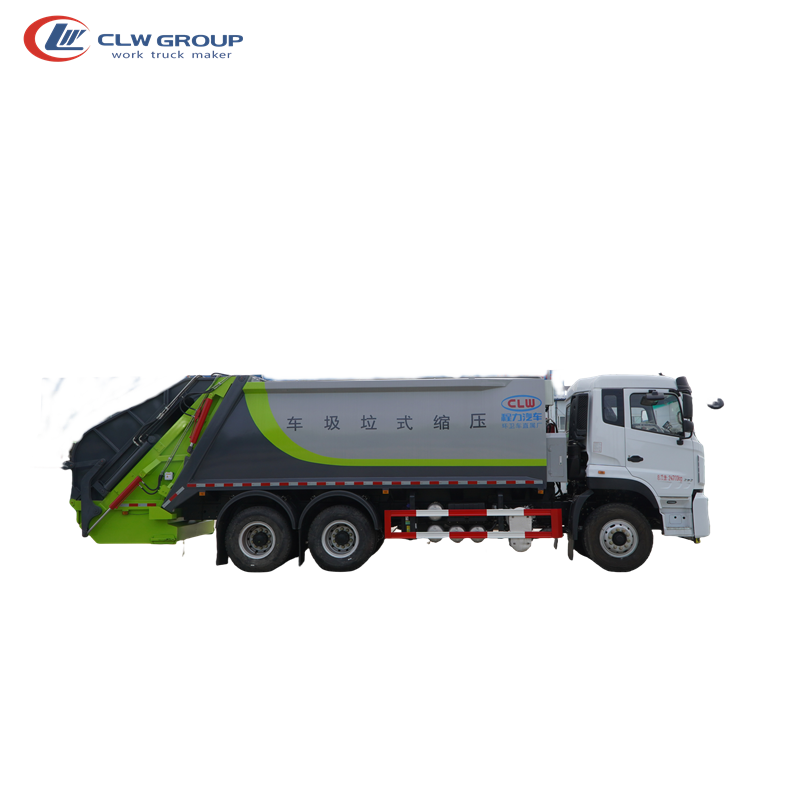Introduction
Truck mounted cranes play a crucial role in various industries such as construction, logistics, and manufacturing by providing a means to lift and transport heavy loads with ease. work truck come in different sizes and configurations, each designed to handle specific tasks based on factors such as reach, lifting capacity, and stability. Among these factors, loading capacity is a critical consideration that directly impacts the efficiency and safety of crane operations.
In this comprehensive guide, we will delve deep into the concept of loading capacity for truck mounted cranes, exploring its significance, factors influencing it, and best practices for maximizing efficiency and safety. By understanding the loading capacity of these machines, operators, project managers, and safety professionals can make informed decisions to ensure smooth and secure lifting operations.
Understanding Loading Capacity
Loading capacity, also known as lifting capacity or rated capacity, refers to the maximum weight that a crane can lift safely under specific conditions. It is a fundamental specification that determines the capabilities of a truck mounted crane and is typically expressed in terms of metric tons or pounds. Exceeding the loading capacity of a crane can result in equipment failure, accidents, and potential injury to personnel, highlighting the importance of adhering to these limitations.
Factors Influencing Loading Capacity
Several key factors influence the loading capacity of a truck mounted crane, and understanding these variables is essential for safe and efficient crane operations. Some of the primary factors include:
1. Crane Configuration: The design and configuration of the crane, including boom length, counterweight, and hydraulic system, play a significant role in determining its loading capacity. Cranes with longer booms and additional counterweights can typically lift heavier loads compared to smaller, less equipped models.

2. Stability: The stability of a crane is crucial for safe lifting operations. Factors such as outrigger extension, ground conditions, and wind speed impact the overall stability of the crane, which in turn affects its loading capacity. Ensuring proper stabilization of the crane before lifting is essential to prevent tipping or rollover accidents.
3. Operating Conditions: Environmental factors such as wind, temperature, and terrain can influence the loading capacity of a crane. High winds can reduce the safe working load of a crane, while extreme temperatures may affect the performance of hydraulic systems. Operating on uneven or soft ground can also impact the crane's stability and lifting capacity.
4. Load Distribution: How the load is distributed and attached to the crane also affects its loading capacity. Improper rigging, unbalanced loads, or exceeding the crane's reach limits can lead to overloading and potential accidents. Proper load calculation and rigging techniques are essential for maintaining safe lifting practices.
5. Maintenance and Inspection: Regular maintenance and inspection of the crane are critical to ensuring its safe operation and optimal loading capacity. Damaged components, worn-out parts, or hydraulic leaks can compromise the crane's performance and lifting capabilities. Following manufacturer guidelines for maintenance and conducting thorough inspections before each use are vital safety measures.
Best Practices for Maximizing Efficiency and Safety
To optimize the efficiency and safety of truck mounted crane operations, operators and project managers should adhere to best practices that focus on loading capacity and safe lifting practices. Some key strategies include:
1. Know the Crane Specifications: Familiarize yourself with the loading capacity, reach, and operational limits of the crane you are using. Refer to the manufacturer's specifications and operating manual to ensure compliance with safety guidelines.
2. Conduct Pre-Operation Checks: Before each use, inspect the crane for any signs of damage, leaks, or wear that could affect its loading capacity. Check the hydraulic systems, outriggers, and load indicators to ensure proper functioning.
3. Calculate Load Weights: Determine the weight of the load to be lifted and ensure it does not exceed the crane's loading capacity. Consider factors such as load distribution, rigging configuration, and attachment points to prevent overloading.
4. Stabilize the Crane: Properly set up the crane with outriggers deployed and secure footing to enhance stability during lifting operations. Avoid operating on slopes or unstable surfaces that could compromise the crane's balance.
5. Monitor Environmental Conditions: Stay informed about weather conditions, wind speeds, and other environmental factors that could impact the crane's loading capacity. Avoid operating in high winds or extreme temperatures that may affect crane performance.
6. Train Operators: Provide comprehensive training for crane operators on safe lifting practices, loading capacity limits, and emergency procedures. Ensure operators are certified and competent to operate the specific type of crane being used.
7. Use Safety Devices: Utilize load indicators, anti-two-block systems, and other safety devices to monitor load weights and prevent overloading situations. Implement safety protocols such as signal communication and clear work zones to enhance safety during lifting operations.
Conclusion
Truck mounted cranes are valuable assets in various industries, providing efficient lifting solutions for heavy loads. Understanding the loading capacity of these machines and adhering to safe lifting practices are paramount for ensuring the efficiency and safety of crane operations. By considering factors such as crane configuration, stability, operating conditions, load distribution, and maintenance, operators can maximize the capabilities of truck mounted cranes while minimizing the risks associated with overloading.
In conclusion, a thorough understanding of loading capacity, coupled with best practices for safe crane operations, is essential for achieving successful and incident-free lifting operations. By prioritizing safety, training, and adherence to manufacturer guidelines, organizations can harness the full potential of truck mounted cranes while safeguarding the well-being of personnel and assets.
Remember, safety always comes first when operating truck mounted cranes, and by following the guidelines outlined in this article, you can ensure a productive and secure work environment for all crane operations.
